
Color can have a major impact on how we feel, our creative juices, and productivity. Does your home’s current color palette portray your personality and give you a mood boost? Does it emote the feeling you want for you and your guests? It can be overwhelming to think about choosing a whole house color scheme, especially if color-picking isn’t your strong suit, but fear not, we’ll take you step-by-step through the process of determining one that perfectly suits you and your family.
How to choose a whole house color palette
START WITH NEUTRALS
Neutrals are colors that go with just about every other color under the sun. Examples would be white, cream, gray (all shades), black, and brown. Neutrals like cream and brown work well with warm tones — i.e. reds, yellows, oranges — whereas white and gray go well with cool tones — i.e. blues, greens, and pinks.
Choose one or two neutrals that you gravitate toward. If you truly don’t know what you like, think about your wardrobe. Do you tend to wear white, or do you dress yourself in cream? Are you a lover of gray? Or is brown more your style?
Here are some examples of current neutral trends, which are mostly blues and greens and beiges with gray added in to each, causing a very relaxing and welcoming feel to the home:
CHOOSE ACCENT #1
Now that you’ve decided on a neutral — or at least have a good idea of what neutrals you like — it’s time to choose an accent color. This would be used in each public space in rugs, pillows, and curtains to tie the rooms together.
Here are some examples of current trends in accent colors, paired with neutrals:
Accent Colors + Sources ↑
1. Aqua (paperblog) | 2. Plum (theeverygirl) | 3. Blush (decoholic) | 4. Teal (decoratingyoursmallspace)
CHOOSE ACCENT #2
You’re on a roll! Neutral: check. Accent color: check! Now it’s time to choose one more accent color. This would be complimentary to the first accent color you chose, and can be room specific.
For instance, you may have chosen a gray-green for your neutral and plum for Accent #1. Plum will be weaved throughout each room in decor. But you might choose a different Accent #2 color for each public space. Gold for the living room, navy for the kitchen, etc.
Here are some examples of two accent colors that go well together:
Accent Colors + Sources ↑
1. Orange + Blue (havenly) | 2. Chartreuse + Orange (DESIGNED w/ Carla Aston) | 3. Emerald + Plum (apartment therapy) | 4. Gold + Fuchsia (2ladiesandachair)
ADD IN A LITTLE SOMETHING EXTRA
With your neutral base color and two accents chosen, you can now add in a little something extra. We’re strong believers in adding a little bling or a natural element (or both!) to every room. Use metal to add a little sparkle. Use wood tones or botanicals or better yet, fresh cut flowers or live houseplants to bring in those natural elements.
Here are some examples of metal tones and/or bringing the outdoors in:
Sources ↑
1. theROOMedit | 2. Ralph Lauren Home | 3. Rambling Renovators | 4. hafeleevim
GETTING SOME INSPIRATION
If walking through this process still leaves you overwhelmed, fear not. We’ve got some ideas to help you get more color inspiration:
- Use Pinterest. Create a board dedicated solely to color combinations you love, and start pinning. This can develop over time (you don’t have to go pin 50 images right now!). After a while, you can scroll through your board and find a common color theme. As an example, my “those colors” board mostly contains saturated, moody hues like peacock, gold, emerald, slate gray, and the occasional blush or coral. And you can bet my house is also filled with these colors!
- See what the pros have done. Another way to get inspiration is to see what color combos professional designers have used. Design-Seeds is a popular site for getting an idea of what colors can go together well because it uses simple photographs to choose colors from in making a color palette.
- Hire a designer. If you’re throwing your hands up in despair after searching and searching with no color combo ideas yet, it might be time to call in the pros. We recommend Cathi Beighe, who happens to be on our team and who also happens to turn everything she touches into magic. She truly does have an incredible eye and will work with you to choose the right colors for your home that you will absolutely love.
START TRACKING
We highly recommend tracking the colors that you use in your home, especially when it comes to using paint on walls and trim. It is helpful to know what you’ve used in case of touch-ups needed down the road, or in case you sell your home. The new buyers would find it super handy to have every color written down.
So, we’ve created this Whole House Color Palette worksheet to help you track your home’s colors. Download it, start tracking, and keep it in a safe place so you can go back to it when necessary.
And as always, if you have any questions or need a little help, please comment below or give us a shout. We’d be delighted to chat!





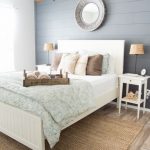
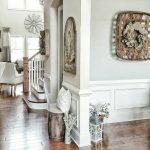



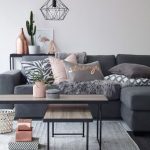
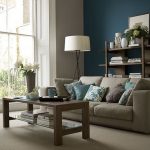
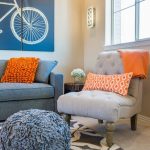
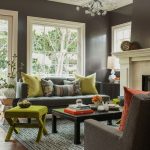

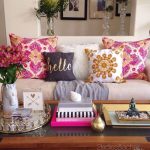
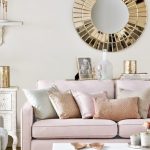
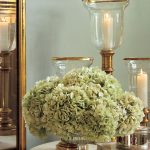

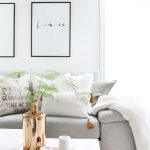
Thanks for the example color palettes and the advice on how to choose. I like the current neutral trends you pictured. The grayish-blue are really pretty, and I feel like they would work well with my decor.